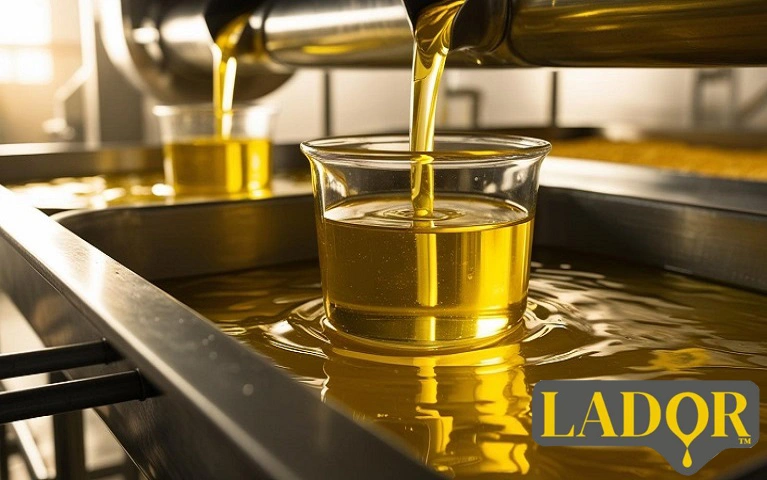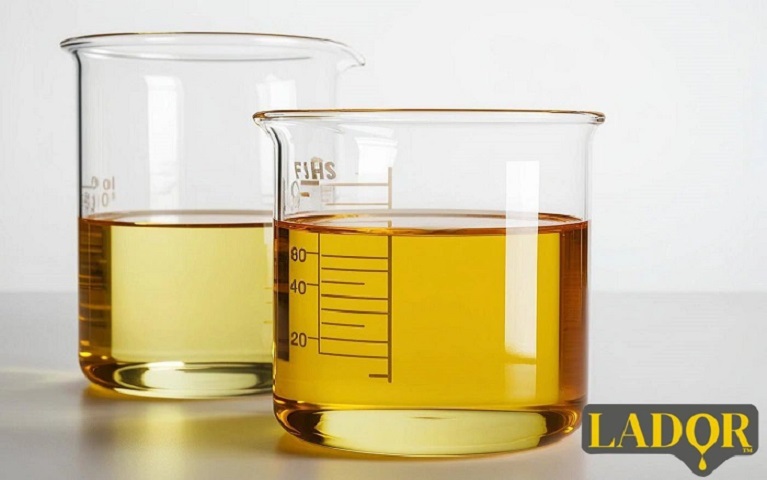Animal bone oil is a valuable product extracted from the fatty components of animal bones. Rich in essential nutrients like calcium, phosphorus, and protein, it plays a crucial role in promoting the growth and overall health of livestock. Stay with us in the rest of this article to provide more information about bone oil to your loved ones.
What is Bone Oil?
Bone oil is a natural oil derived from the rendering process of animal bones. Its nutrient-dense composition makes it a popular ingredient in animal feed.
Composition Bone Oil
- Essential Fatty Acids: Bone oil contains essential fatty acids such as omega-3 and omega-6, which are vital for growth, skin and feather health, and a strong immune system.
- Vitamins and Minerals: It’s a rich source of fat-soluble vitamins (A, D, and E) that support bone health, immunity, and reproduction. Minerals like calcium and phosphorus contribute to strong bones and teeth.
- Energy: Bone oil provides a concentrated source of energy, aiding in weight gain and reproductive performance.
Benefits of Using Bone Oil
- Enhanced Bone Health: The calcium and phosphorus content strengthens bones and joints, preventing conditions like osteoporosis.
- Growth Promotion: The protein in bone oil supports rapid growth and weight gain.
- Improved Product Quality: When added to the diets of dairy animals and poultry, bone oil can enhance the quality of milk, eggs, and meat.
- Boosted Immunity: Essential nutrients in bone oil strengthen the immune system, increasing resistance to diseases.
- Improved Reproductive Performance: Bone oil can enhance fertility and reproductive rates.
- Skin and Feather Health: Essential fatty acids promote healthy skin and feathers in poultry.

Extraction Methods
In general, there are two main methods to extract oil that we are going to mention in the following:
- Traditional Method: In this method, bones are placed in large containers and cooked with indirect heat. The melted fat is separated from the bones and collected as oil.
Advantages
- It’s a simple and low-cost method.
Disadvantages
- Low efficiency.
- Potential for oil contamination due to unsanitary conditions.
- Industrial Method: Modern methods use advanced equipment for efficient extraction, resulting in higher-quality oil.
Advantages
- high responsiveness, higher quality of oil, and continuous and hygienic production.
Disadvantages
- the need for high initial investment to purchase equipment.
General steps of the process
Bone collection: Animal bones are collected from slaughterhouses.
Cleaning: The bones are cleaned and separated from the meat and extra tissues.
Fracture: Bones break into smaller pieces than the surface of contact as the temperature increases.
Cooking and rendering the fat: The bones are cooked at a high temperature to render the fat.
Separation of fat: liquid fat is separated from bones and transferred to storage tanks.
Oil refining: Crude oil is refined to remove impurities and water from it.
Applications of Bone Oil
- Animal Feed: Animal feed is primarily used to provide essential nutrients for livestock and poultry to improve the functionality of the food process, especially eggs and meat.
- Cosmetics: Used in moisturizers, lotions, and soaps due to their softening and moisturizing properties. This improves the elasticity of the skin.
- Leather Industry: Employed in leather tanning to improve the flexibility and durability of the leather.
- Pharmaceuticals: this component is used in certain medications and nutritional supplements.
- Chemicals: Used as a raw material in various chemical processes.
- Biodiesel Production: A sustainable feedstock for biodiesel production.
- Fertilizers: A natural fertilizer due to its nutrient content.
- Lubricants industry: It is used as a lubricant in various industries.
Factors for qualities of oil
Factors Influencing the Bone Oil Market:
- Development of livestock and poultry industry: increasing demand for quality livestock and poultry feed.
- Cosmetic and Personal Care Trends: Growing interest in natural and organic products.
- Environmental Concerns: The shift towards sustainable and biodegradable products.
- Regulatory Standards: Compliance with food safety and environmental regulations.
Challenges and Considerations
- Fluctuating Raw Material Costs: The cost of animal bones can impact production costs.
- Competition from Vegetable Oils: Vegetable oils often serve as more affordable alternatives.
- Quality Control: Ensuring the purity and safety of bone oil is crucial.

Important notes while using oils
- You need to use high-quality oil that contains no pollution.
- Using oil is dependable on age, situation, and the kind of animal.
- Overusing will result in constipation diarrhea and other digestive problems.
- Before using these products, you need to consult a veterinarian.
Ala Sepahan Oil Factory
Ala Sepahan Oil Factory is a pioneer in the production of animal and industrial oils and powders under the Lador brand, and markets hydrogenated sunflower oil and soybean oil, tallow oil, pi oil, pure palm fat powder, omega-3 calcium powder, and raw materials for preparing horse feed, turkey feed, duck feed, and many other high-quality products.
Conclusion
Bone oil is a versatile and valuable product with a wide range of applications. Its natural origin, nutrient-rich composition, and sustainability make it an attractive option for various industries. According to the mentioned cases, we know how important it is to provide quality animal bone oil that is produced with high standards under the supervision of engineers and advanced devices.
We suggest that you contact the experts of Ladorfat for the preparation of raw materials for the preparation of animal and poultry feed, all kinds of animal and industrial oils and powders with the best quality.



